I Love This!
I love this!





(x)
More Posts from Athenadonovan and Others
Weird and Wonderful Irregular Galaxies
Spiral and elliptical galaxies seem neatly put together, but what happened to irregular galaxies? Irregular galaxies have one-of-a-kind shapes and many look like blobs! Why do they look the way they do? Astronomers think the uniqueness of these galaxies results from their interactions with other galaxies — like when they pass close to one another or even collide!

Looking back at the early universe with the help of our Hubble Space Telescope’s “deep field” observations, astronomers can peek at galaxies millions and billions of light-years away. They noticed that these far-away galaxies appear unusually messy, showing more star formation and mergers than galaxies closer to the Milky Way.

We also see irregular galaxies closer to home, though. Some may form when two galaxies pass close together in a near-miss. When this happens, their gravity pulls stars out of place in both galaxies, messing up the neat structure they originally had as spiral or elliptical galaxies. Think of it like this: you happen to have a pile of papers sitting at the edge of a table and when someone passes close by the papers become ruffled and may scatter everywhere! Even though the two galaxies never touched, gravity's effects leave them looking smeared or distorted.

Some irregular galaxies result from the collision between two galaxies. And while some of these look like a blob of stars and dust, others form dazzling ring galaxies! Scientists think these may be a product of collisions between small and large galaxies. These collisions cause ripples that disturb both galaxies, throwing dust, gas, and stars outward. When this happens, it pushes out a ring of material, causing gas clouds to collide and spark the birth of new stars. After just a few million years, stars larger than our Sun explode as supernovae, leaving neutron stars and black holes throughout the ring!

Not all galaxy collisions create irregular galaxies — our Milky Way spiral galaxy has gone through many mergers but has stayed intact! And for some interacting galaxies, being an irregular galaxy may just be a phase in their transformation. We’re observing them at a snapshot in time where things are messy, but they may eventually become neat and structured spirals and ellipticals.

Irregular galaxies are similar to each other, but unique and beautiful because of their different interactions, whether they’re just passing another galaxy or taking part in a dramatic collision. Keep up with NASA Universe on Facebook and Twitter where we post regularly about galaxies.
Make sure to follow us on Tumblr for your regular dose of space: http://nasa.tumblr.com.
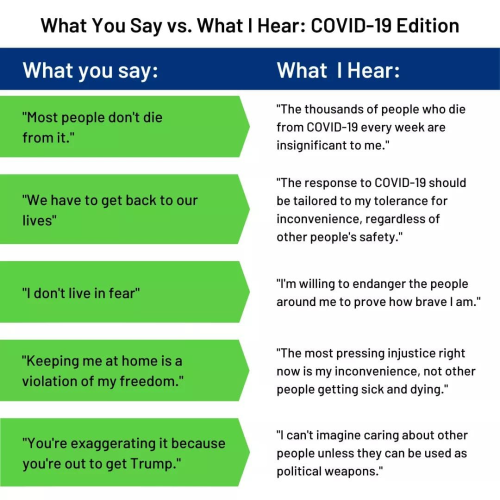
😢
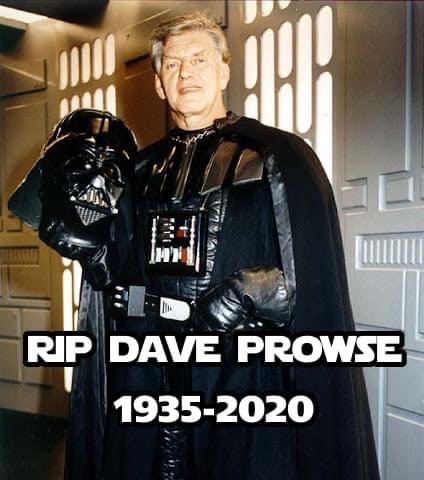
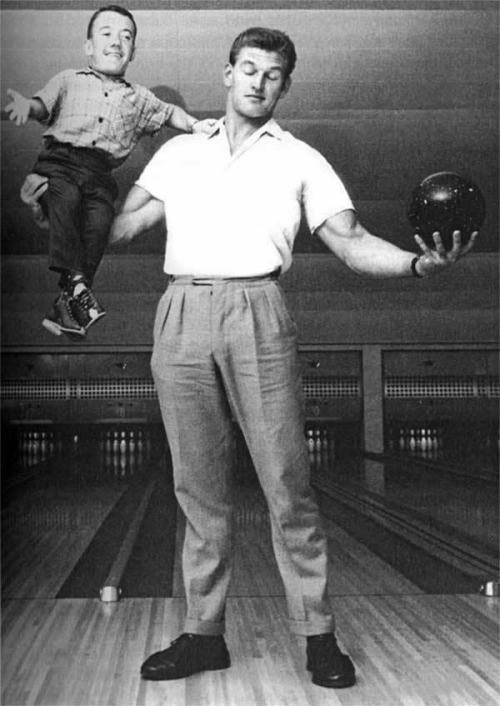
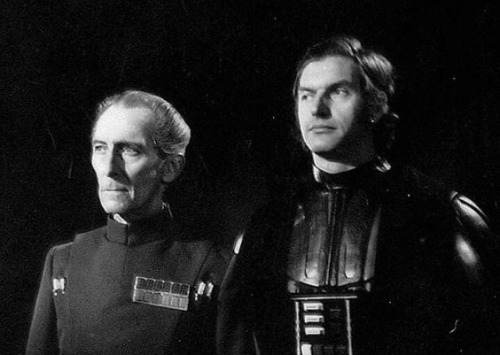







R.I.P. David Prowse.
Pretty









✨Spooky Days 🌌 gifs made by me :)
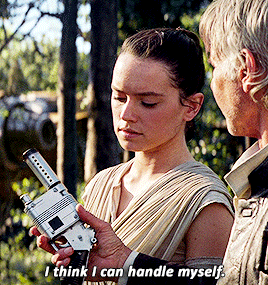


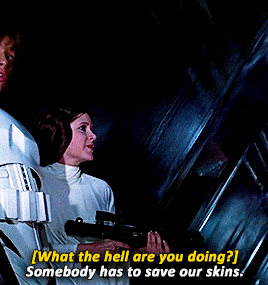


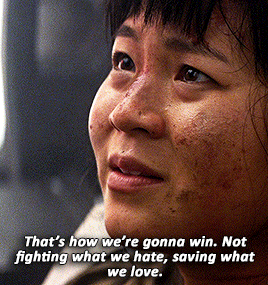



We have hope; hope that things can get better. And they will.
HAPPY INTERNATIONAL WOMEN’S DAY!
Very excited for this!







Concept Art for Andor (2022)

This show is BY FAR the best thing in Star Wars since Rebels and Rogue One. Slow burn stories are so worth it.










“What game is this?” “No game. Kill me… or take me in.” —Andor 1x12: Rix Road
Lovely art!
Would love to see Ezra come home. ❤️
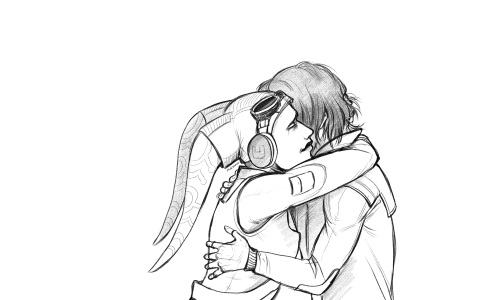
Filoni, please, bring him back to his space mom ;-;
I wish more people understood this.
What Does Executive Dysfunction Look Like?
Here, while focused and not overstimulated, I asked The Kid to draw an apple and spell it:

He is able to write the word apple all by himself, from memory. He knows how to spell apple, and he knows that he knows. He needs a simple visual aid to draw an apple himself, his apple resembles an apple (as drawn by a 6 yo, anyway).
Here, while slightly overstimulated, I ask The Kid to draw a cat and write the word cat:

Though he definitely knows how to spell cat, he needs a visual aid here to do so. He also needs a simple visual aid to draw a cat, but even with an aid, he draws the parts in the wrong order. You can tell he's struggling to perform the task.
Here, absolutely overstimulated, I ask The Kid to draw a whale and write the word whale:

After 3 minutes of picking up the pencil and then putting it down again, with lots of echolalia, he makes an attempt. He needs a visual aid for both tasks. While he writes each letter in the correct order, their sequence is mostly random. He cannot draw at all in this state.
This is Executive Dysfunction. A symptom common in autism, and adhd.
A person with Executive Dysfunction is not making a decision not to do something (chores, homework, cooking, etc.) -- they genuinely cannot do the thing. At least not under certain circumstances, such as overstimulation or stress. They might require help and step by step guidance to get through it, or to abandon the task entirely until circumstances are more ideal.
This is a normal experience and not something to be punished for (by yourself or others). In fact punishment or the fear of punishment actually makes ED worse and more frequent. The only things that actually help the severity and frequency of Executive Dysfunction is patience and understanding.
This is also why functioning labels are outdated and inaccurate. You can go from 1 to 3 in the same day. Heck, the same hour if you're having A Time of It. For example, I go straight from 1 to 3, skipping 2 entirely when I look at road maps.
(Obligatory disclaimer: The Kid was not compelled to perform these tasks against his desire. I compiled these images over the course of summer break, when he requested the activity but wasn't always in a state to complete the activity. Then realized what a keen visual representation of ED this was, and that it could be helpful.)
-
 carriefisherrs reblogged this · 6 months ago
carriefisherrs reblogged this · 6 months ago -
 paceysjcrewsweater liked this · 1 year ago
paceysjcrewsweater liked this · 1 year ago -
 dilfs-and-movies liked this · 1 year ago
dilfs-and-movies liked this · 1 year ago -
 angels-c reblogged this · 1 year ago
angels-c reblogged this · 1 year ago -
 brayinghorses liked this · 1 year ago
brayinghorses liked this · 1 year ago -
 angels-c liked this · 1 year ago
angels-c liked this · 1 year ago -
 sigelfire reblogged this · 1 year ago
sigelfire reblogged this · 1 year ago -
 sigelfire liked this · 1 year ago
sigelfire liked this · 1 year ago -
 itsdarkstorm reblogged this · 1 year ago
itsdarkstorm reblogged this · 1 year ago -
 itsdarkstorm liked this · 1 year ago
itsdarkstorm liked this · 1 year ago -
 aaronsaxon reblogged this · 1 year ago
aaronsaxon reblogged this · 1 year ago -
 aaronsaxon liked this · 1 year ago
aaronsaxon liked this · 1 year ago -
 septimaseverina reblogged this · 1 year ago
septimaseverina reblogged this · 1 year ago -
 h0llyh0lly liked this · 2 years ago
h0llyh0lly liked this · 2 years ago -
 adeptnenyim reblogged this · 2 years ago
adeptnenyim reblogged this · 2 years ago -
 adeptnenyim liked this · 2 years ago
adeptnenyim liked this · 2 years ago -
 kissmywookiee liked this · 2 years ago
kissmywookiee liked this · 2 years ago -
 frostbitepandaaaaa reblogged this · 2 years ago
frostbitepandaaaaa reblogged this · 2 years ago -
 frostbitepandaaaaa liked this · 2 years ago
frostbitepandaaaaa liked this · 2 years ago -
 coffee-and-uhg liked this · 2 years ago
coffee-and-uhg liked this · 2 years ago -
 thiccsteacccuts liked this · 2 years ago
thiccsteacccuts liked this · 2 years ago -
 finnflynn liked this · 2 years ago
finnflynn liked this · 2 years ago -
 berrieseveryday liked this · 2 years ago
berrieseveryday liked this · 2 years ago -
 leopoldstotch3rd liked this · 2 years ago
leopoldstotch3rd liked this · 2 years ago -
 ninelanterns liked this · 3 years ago
ninelanterns liked this · 3 years ago -
 mari-beau liked this · 3 years ago
mari-beau liked this · 3 years ago -
 mindphallus reblogged this · 3 years ago
mindphallus reblogged this · 3 years ago -
 mindphallus liked this · 3 years ago
mindphallus liked this · 3 years ago -
 aniaslobodzian liked this · 3 years ago
aniaslobodzian liked this · 3 years ago -
 idiotparade liked this · 5 years ago
idiotparade liked this · 5 years ago -
 lalunaquesefue reblogged this · 5 years ago
lalunaquesefue reblogged this · 5 years ago -
 lalunaquesefue liked this · 5 years ago
lalunaquesefue liked this · 5 years ago -
 anniblindfischi reblogged this · 5 years ago
anniblindfischi reblogged this · 5 years ago -
 anniblindfischi liked this · 5 years ago
anniblindfischi liked this · 5 years ago -
 danversmadlove liked this · 5 years ago
danversmadlove liked this · 5 years ago -
 poisonouspoinsettia liked this · 5 years ago
poisonouspoinsettia liked this · 5 years ago -
 briamarie38 liked this · 5 years ago
briamarie38 liked this · 5 years ago -
 completelyungood liked this · 5 years ago
completelyungood liked this · 5 years ago -
 acnxbb liked this · 5 years ago
acnxbb liked this · 5 years ago -
 lionesshathor liked this · 5 years ago
lionesshathor liked this · 5 years ago -
 elenirlachlagos liked this · 5 years ago
elenirlachlagos liked this · 5 years ago -
 ysalamiri-queen reblogged this · 5 years ago
ysalamiri-queen reblogged this · 5 years ago -
 alligatorpuns reblogged this · 5 years ago
alligatorpuns reblogged this · 5 years ago -
 instarlightss reblogged this · 5 years ago
instarlightss reblogged this · 5 years ago -
 star-wars-rebels-5 liked this · 5 years ago
star-wars-rebels-5 liked this · 5 years ago
